The Truth Behind P.T. Barnum and His Sideshow Acts
The infamous P.T. Barnum is known for creating the Barnum & Bailey Circus in 1871. However, not everything about this traveling circus was sunshine and rainbows. The hit 2017 musical feature film, The Greatest Showman, depicts Barnum and his circus empire in a relatively positive light, thus covering up the true controversial nature of his business and exploits.
Above all else, Barnum was an expert con-artist. He twisted people’s unique physical features or disabilities into further hoaxes or false storylines for profit. Barnum opened up his museum of “oddities” and started a traveling circus to showcase those intriguing people he recruited. Below are some of the very people and acts he used in his show to draw giant crowds.
The Circassian Beauty
The quote, “There’s a sucker born every day,” was attributed to P.T. Barnum. That probably had a lot to do with the fact that he would go out of his way to create a story that would make people pay to learn more about it.
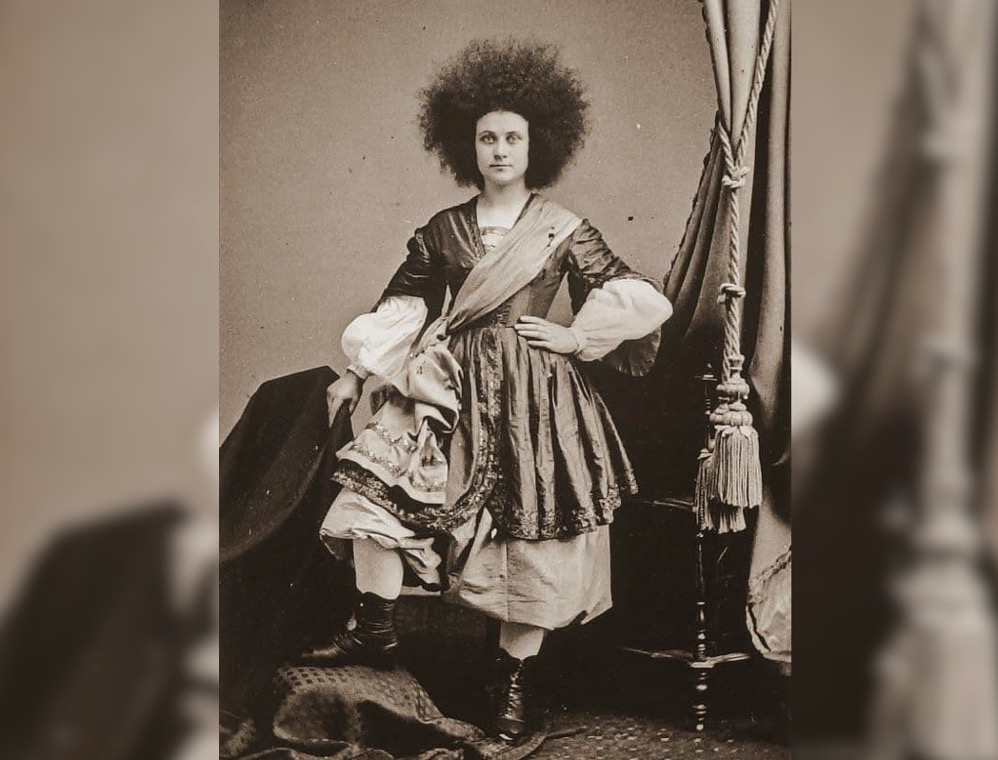
Source: Wikipedia
A great example of that is how he took advantage of the pop culture interest of the times called “Circassian Beauties.” The hot topic was sweeping conversations in New York. He found the first girl, who may or may not have been named Zalumma Agra to fit the mold he created. The women were beautiful and catered to the ideals of what society wanted a woman to be while doing lady-like activities, such as reading aloud and acting shy. Eventually, interest faded and these ladies had to learn circus tricks.
Chang and Eng Bunker
Conjoined twins are an exceedingly rare phenomenon that is extra interesting due to the uniqueness of each set that has such a condition. Some are joined through the head, some the back, and others through the torso.
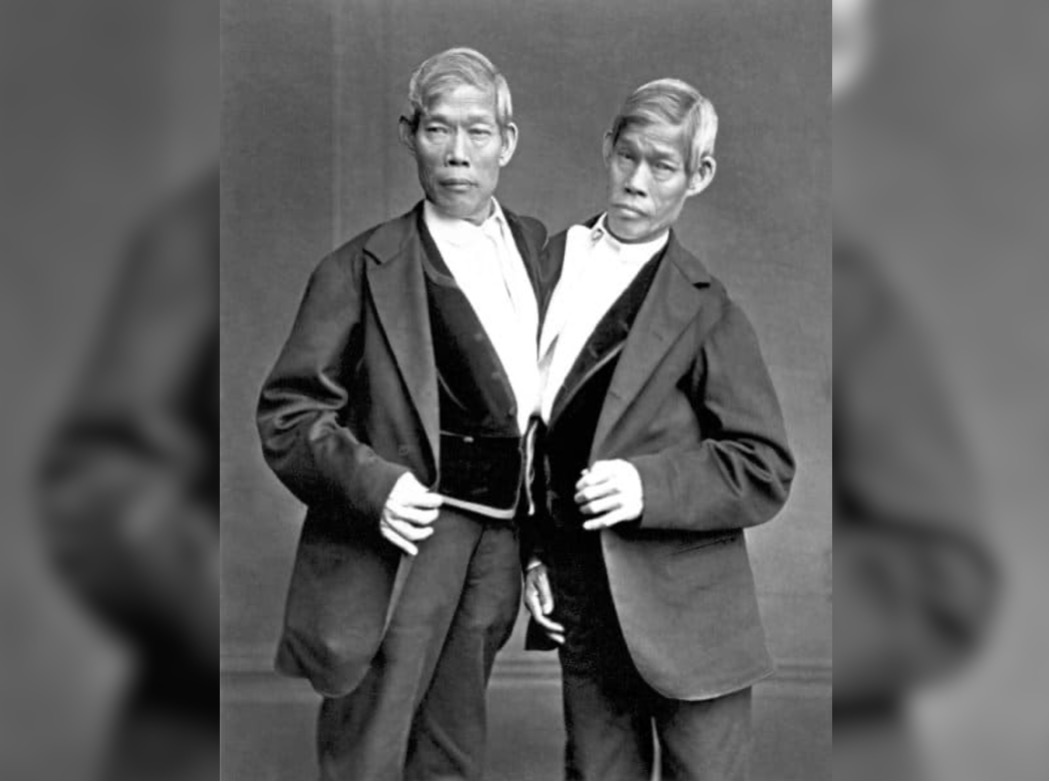
Source: Pinterest
Conjoined twins are also referred to as Siamese twins. That term started with twins who had this problem and just so happened to be Siamese-Americans. They traveled extensively throughout the US and Europe to show off and make money off their physical predicament. The crowds were so taken by their situation that it wasn’t long before the brothers became wealthy and settled down. The men were almost 50 before they signed on with Barnum and earned another small fortune.
The Four-Legged Woman
It’s not every day you come across someone with two pelvises. Long before the medical profession advanced to being able to successfully remove extra limbs, people with such an oddity could use it to their advantage through entertainment.
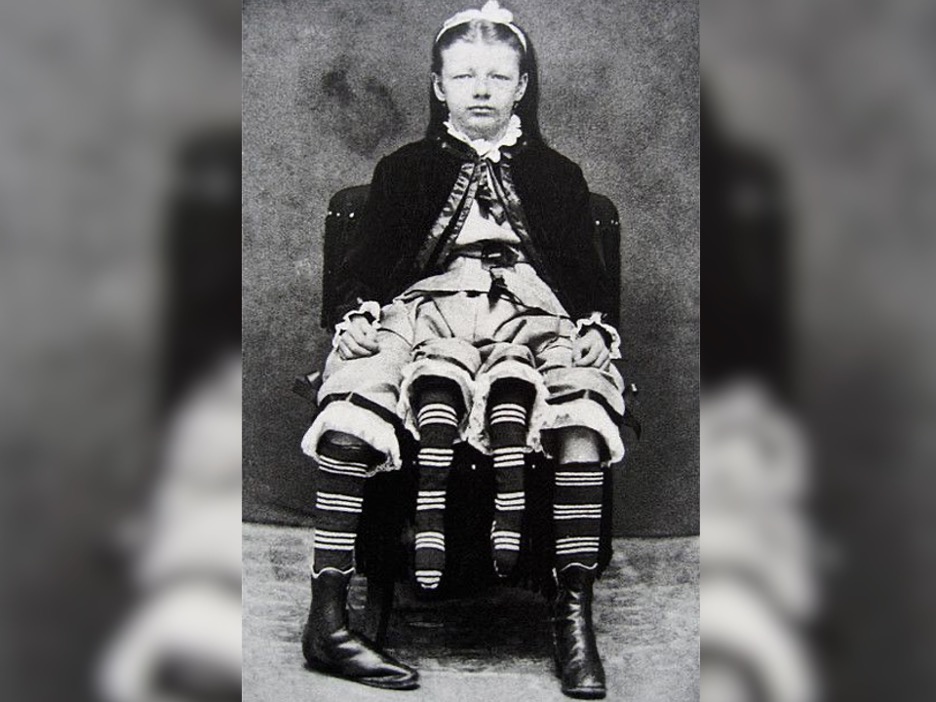
Source: Pinterest
That’s exactly what Josephine Corbin of Tennessee did as a teenager starting in 1880. Her double pelvis led to two sets of legs. Luckily, not all four were the same length, but it must have been cumbersome nonetheless. Originally called the Four-Legged Girl from Texas, Josephine was hired by Barnum for as high as $450 a week, the equivalent of over $13,000 today.
The Chinese Giant
As with General Tom Thumb, size is enough to make people pay to come see you in person. Just as fascinating as it is to see a very tiny person, the same wow factor applies to the super tall.

Source: Wikipedia
Chang Yu Sing knew his people and used their curiosity to his advantage. He was a celebrity in his time because of the extraordinary height he achieved in his teens- eight feet. Like others listed, he traversed through Europe and had an audience with the British royal family. He would delight crowds with his poetry and musical talents. He was so immensely popular that it took Barnum to pay him the modern-day equivalent of over $16,000 a week to have him join the crew in the US.
The Feejee Mermaid
The Feejee Mermaid was one of the most famous oddities in P.T Barnum’s collection. He displayed the skeleton in both the Barnum museums, however it is believed that it was lost when the second museum eventually burned down.

Initially this seemed to be proof that mermaids existed in Fiji and was thought to be caught by fishermen in the shallow waters of the island. In reality, it was actually a small monkey glued to the tail of a large fish.
The Human Torso
Being born without limbs would be a hardship for both the person and family. Depending on where in the world you’re born, such an affliction could make or break your future outlook.

Source: Listverse.com
Luckily, fate was on the side of a man who would be referred to as Prince Randian. P.T. Barnum heard of a man who had been born with tetra-amelia syndrome and wanted to add this limbless wonder to his act. Just before the turn of the 20th century, Barnum brought “The Human Torso” from his home in the Caribbean to join the traveling circus. Randian continued putting on an act for the following 45 years, literally until the day he died.
The Greek Albanian
A man named George Constentenus was labeled the “Greek Albanian” and was a part of the oddities for the simple reason that he was foreign. Costentenus was originally from Albania and was also probably interesting to look at because he was tattooed from head to toe.

He claimed that he was a descendant of a noble Greek man who had been subsequently kidnapped by Chinese Tartars and tattooed against his will. In truth, this was probably for the show.
The Living Skeleton
Well, if it’s not extreme sizes in the height department, it’s extreme body sizes that would have customers drop by. Everyone’s heard of The Fat Lady, but have you seen The Living Skeleton?

Source: Pinterest
Issac Sprague was the first in a long line of uncomfortably skinny people to be paid as “skeletons”. He was scouted as a teenager to begin performing. A short while later, Barnum found Sprague and offered him the equivalent of $1,400 a week to go on the road with him. In the end, they worked together for over a decade.
Betty Williams and the "Siamese Appendage"
Betty Williams from Albany, Georgia had a unique growth that came out of the side of her abdomen. It was called the “siamese appendage”. Essentially, it appears she has two more legs growing out of her side. She came to be known as the woman with four legs.
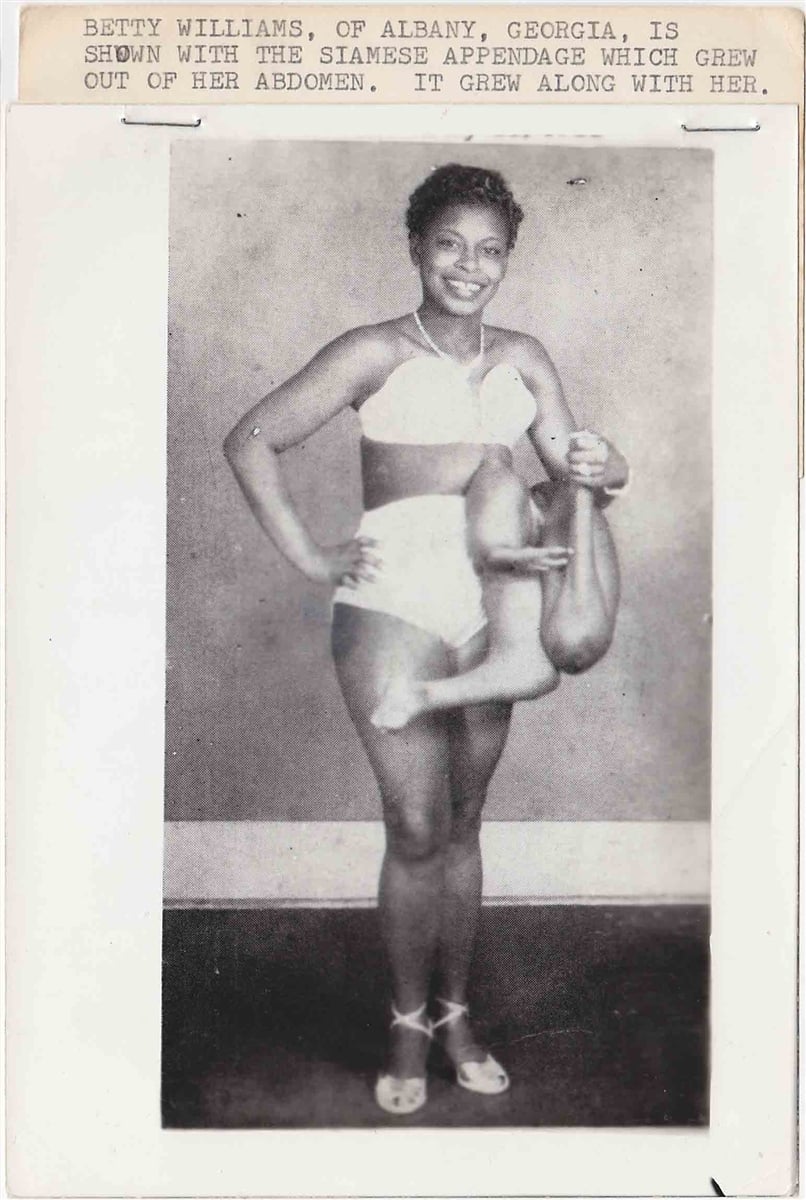
But when she was born the appendage was quite small. It appeared to be a small twin attached to her. As she grew up, the appendage grew with her. By the time she was 21 years old, the appendage included two legs, an arm with three fingers, and a tiny underdeveloped arm.
The 161-Year-Old Woman
If you were told today that someone was 161 years old, it’s unlikely you’d believe it. However, people were more open-minded about the unusual in 1835.
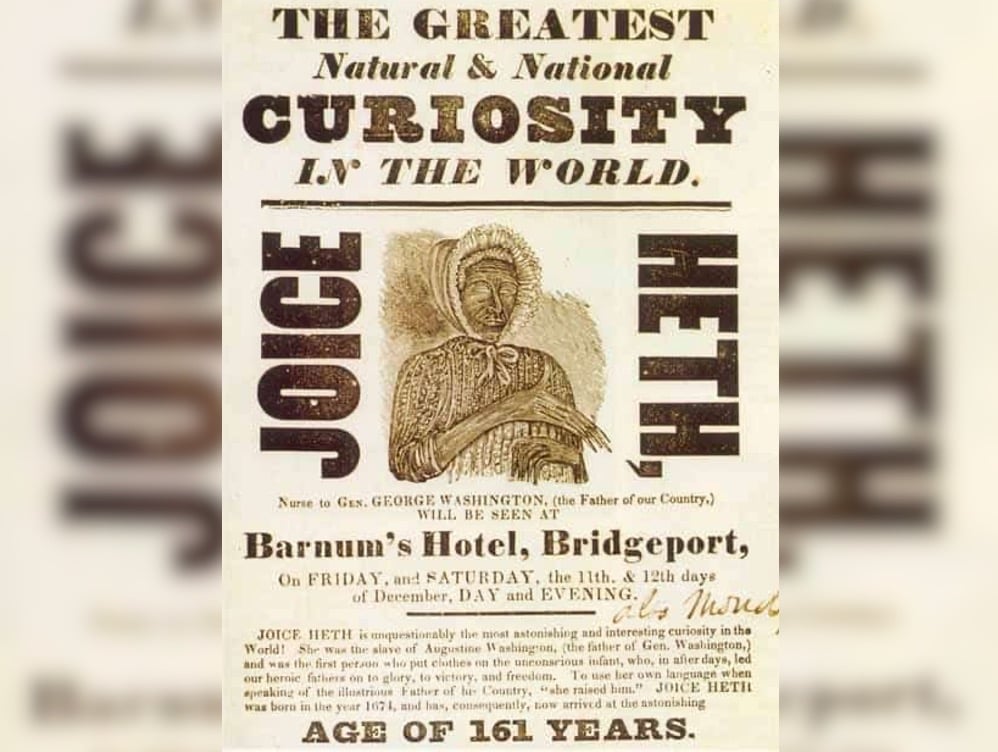
Source: Pinterest
P.T. had to come up with a whopper to get some foot traffic, so he came up with a story that she was a nursemaid to America’s very first president. For months, they toured the US while she told stories about the childhood of George Washington. Despite the lies Barnum forced her to tell, she made over $1,500 a week, $48,000 today, to do it. When she passed, an autopsy determined she was closer to 80 than 161.
The Lion-Face Man, Lionel
A man named Stephan Bibrowski was another one of Barnum’s showcases who suffered from hypertrichosis, in which hair covered nearly the entirety of his face. Stephen’s hair was longer than young Fedor’s, and therefore he was labeled as part lion.

Barnum of course made a backstory for Stephan which had his affliction blamed on a strange occurrence of events. Stephan’s affliction was blamed on the fact that his father had been mauled by a lion while his mother was pregnant with him.
Jo-Jo the Dog-Faced Boy
When Fedor Jeftichew was 16-years-old he signed a contract with Barnum agreeing to be one of his oddities. Jeftichew had been born with hypertrichosis, a condition that left him with his face being almost entirely covered in hair.

Barnum created a creative if not cruel backstory about him, which detailed a hunter who tracked and captured the boy. Barnum claimed that the teen was uncivilized and a savage. Fedor would bark and growl like a dog to add to the illusion.
The Giantess of Nova Scotia
Apparently, size was the most exciting thing during the mid to late 1800s because we’ve got someone else exhibiting extreme height. Canadian Anna Swan had already hit six feet before turning ten. By the time she was 17, she had hit seven-feet-five-inches.

Source: Wikipedia
It was around that time she signed on to be part of the act at Barnum’s American Museum. Unfortunately, she did not stay for too long. After a fire in the museum almost took her out, she decided to do something different and went back to Canada for a circus there. Eventually, she met and married another giant and moved to London to start a family.
General Tom Thumb
Even though Americans were a little bit shorter back in the mid-1800s, it was easy to stand out if you were extra short. Charles Stratton fell into the prior category. He stood short at 25 inches, just a hair over two feet.
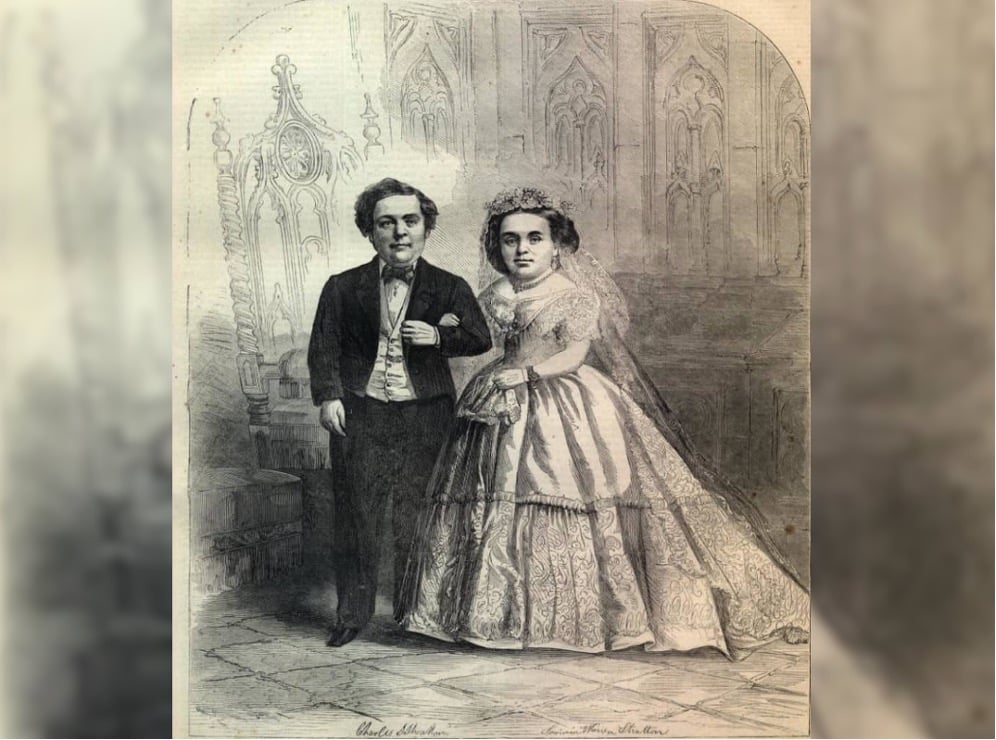
Barnum took the young child under his wings and he was taking the stage by the time a normal child is entering kindergarten. When Stratton was seven, he was touring Europe and performing in front of the British royal family. Critics against these types of shows started to soften after they saw how well he was treated. He eventually married and enjoyed a life of wealth until he passed away at 45.
Like Chang and Eng Bunker, these conjoined twins shared one body and have separate heads and necks. This kind of condition is so rare that it was one of the most popular sideshow acts of the time. Still today, it is hard to imagine how conjoined twins operate.
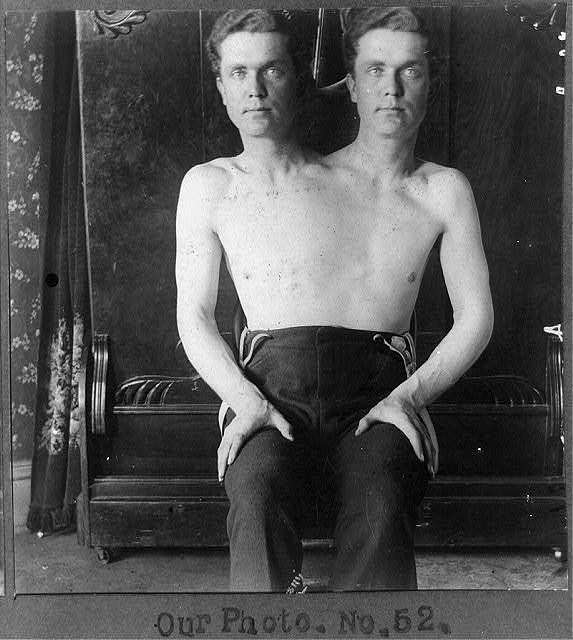
This kind of conjoined twin would likely not be able to be separated even with today’s medicines and surgeries because they share all of their major organs.
The Bearded Lady of Geneva
It’s tough being a woman with facial hair at any time in history, but it had to be especially challenging during Victorian Europe. When the ideals of a woman were all about overt femininity, having a beard would not have helped a young woman’s case.

Source: Wikipedia
Josephine Boisdechene was born in 1929 and quickly grew an abundance of hair. Her Swiss parents of higher class were uneasy about her health and future with this condition. Once she graduated from boarding school, Josephine’s dad took her around Europe to show off her unique appearance. After much success, she moved with her husband, son, and father to America in the early 1850s. That’s where she met P.T. Barnum and the rest, as they say, is history. She was soon dubbed “The Bearded Lady of Geneva” and appeared in Barnum’s museum for a few years before disappearing.
Lavinia Williams
Born Mercy Lavinia Warren Stratton and the wife of Tom Thumb, Lavina Williams became Barnum’s second little person to be put on display. She also appeared in Harper’s Weekly during the Civil War at Barnum’s request.
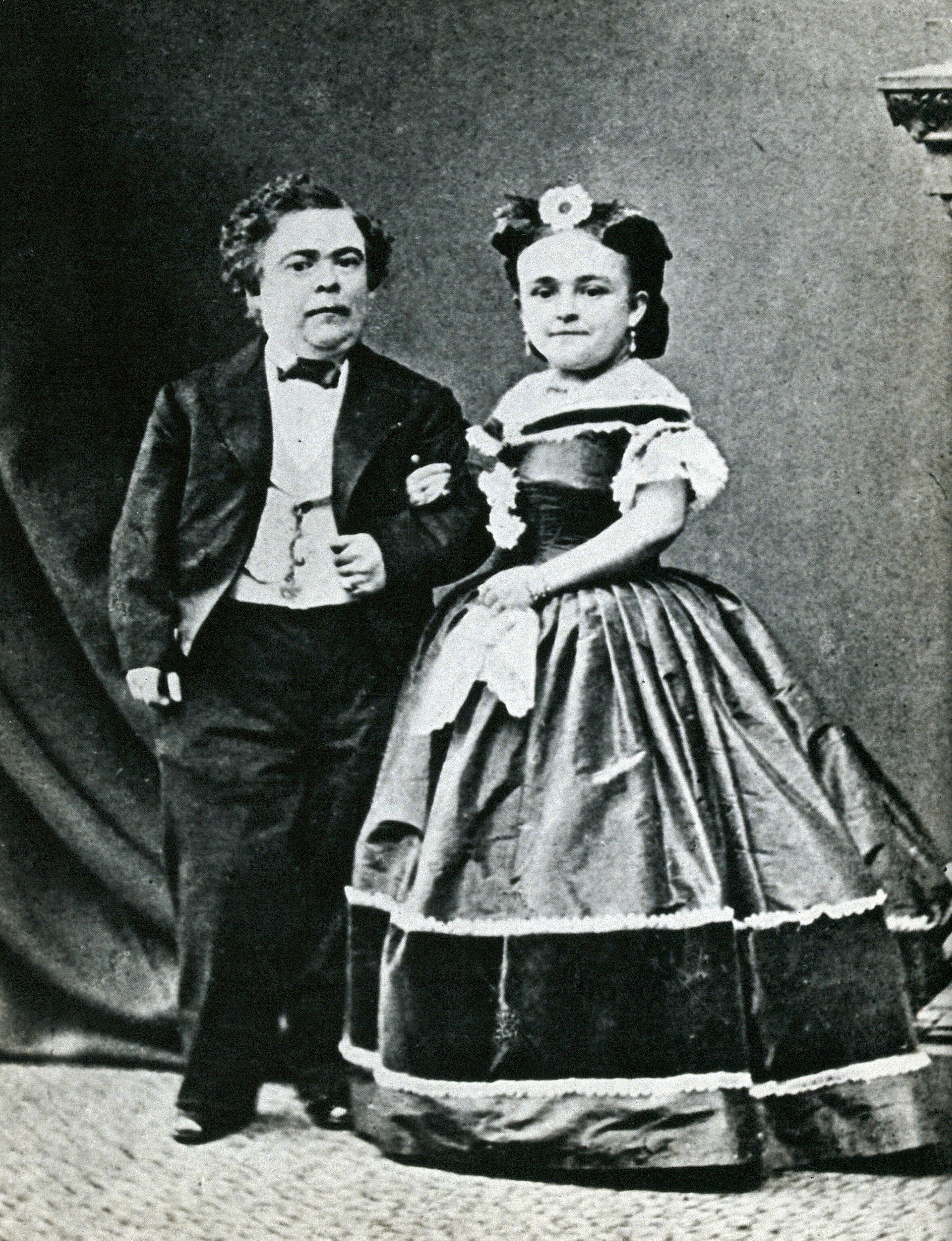
In the article she was referred to as “The Little Queen of Beauty” and was on “exhibition” every day from 10 AM until 10 PM. Admission to see her was 25 cents.
Zip the Pinhead
Known in the circus world as Zip the Pinhead, William Henry Johnson was one of Barnum’s most controversial acts. Johnson was born to a very poor African American family and was believed to suffer from a condition called microcephaly which resulted in his head tapering at the top.
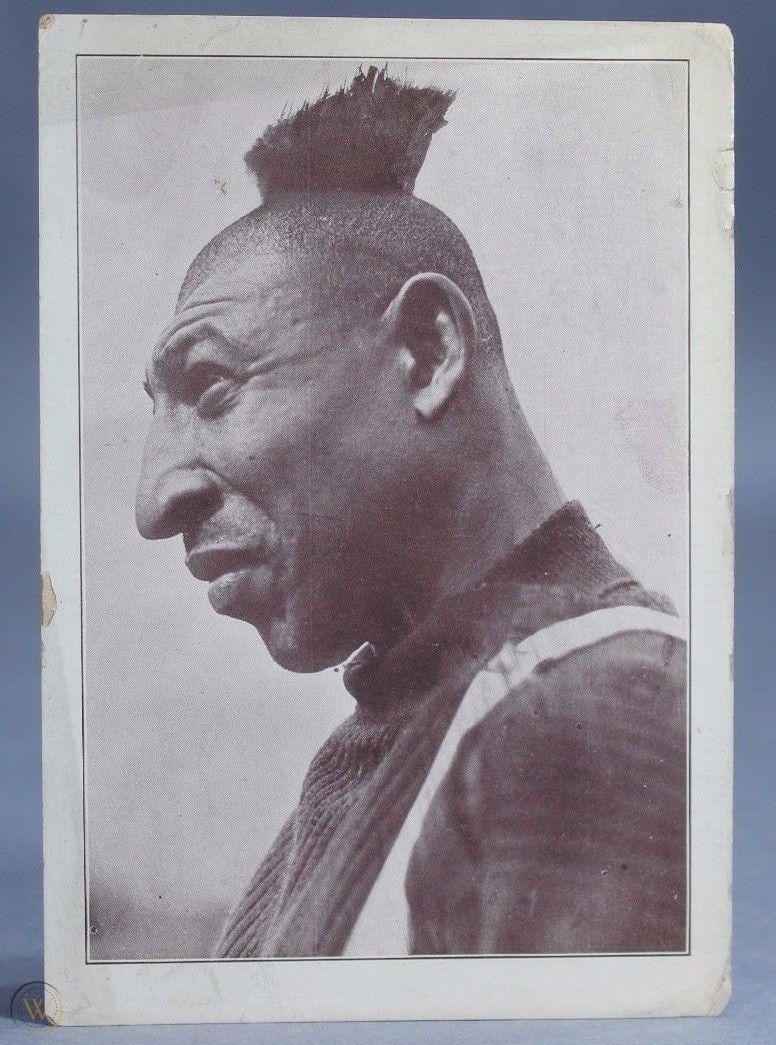
Source: Worthpoint
Sadly, when he was a small boy, he was sold off to the circus for a small sum of money. Barnum then displayed him in a cage and advertised him as the “missing link” between modern humans and apes.
The Fat Lady
Hannah Perkins, or the Fat Lady as she was known in her time with Barnum’s circus. Hannah was born in Maine in 1836 and was one of the stars of the show. According to reports, she was the heaviest woman who existed in her time, clocking in at 714 pounds.

Hannah was also very tall, standing at over 6 feet. Barnum put her with a much smaller man, John Battersby, as part of an act. The two actually fell in love and got married.
The Man who Could not Eat Fat
John Battersby was put on display due to his inability to retain weight. At various times he weighed between 45 and 52 pounds during his working career. Barnum decided to put him and Hannah Perkins (also known as the Fat Lady) together for the strange look of them together.
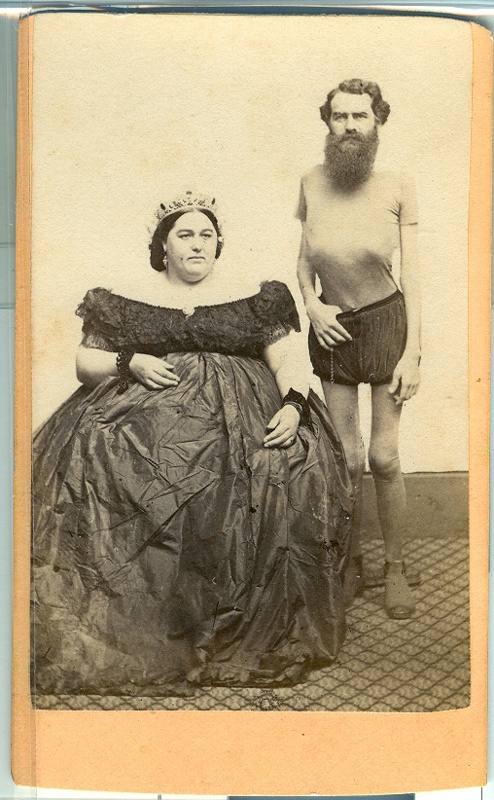
This created quite the buzz, however the buzz grew when the two fell in love and married each other. This caused quite the spectacle, especially when Hannah would cradle John in her arms.
Not a Publicity Stunt
While some may say that the Fat Lady and the Thin Man were nothing more than a publicity stunt, the existence of their daughter Rachel is a good enough counter to that claim. Rachel was born in 1859 into a very strange environment.

Many tales of the couple’s devotion came out after the fact of their love story, although it can be difficult to parse through what is fact and what is fiction.
A Tragic Ending
Hannah died prematurely after an unfortunate accident while she was performing. At the time, John had been confined to a wheelchair due to damage he suffered to his spine and had retired from show business. Hannah however was touring when she fell off the stage.
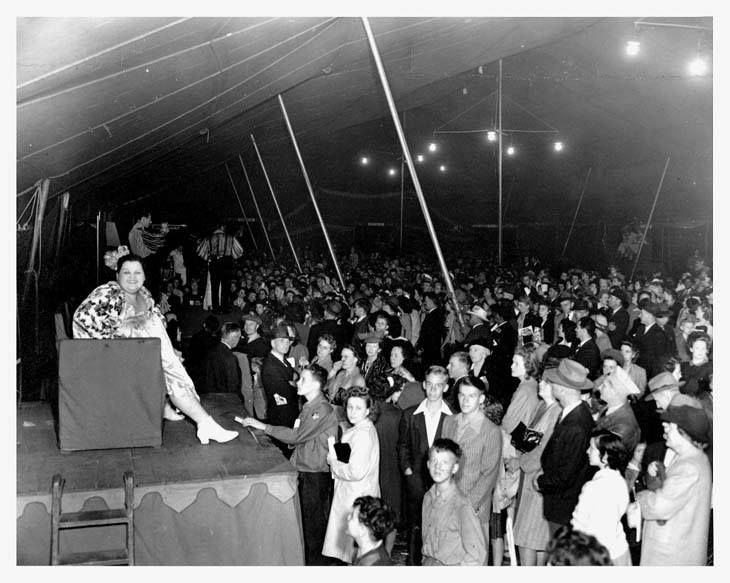
Hannah contracted an infection from the injuries she suffered from the fall. John and his daughter Rachel moved to a new city, where John died eight years later. Rachel married a police officer.
The Albino Family
Rudolph Lucasie was part of a “fair-skinned” act that Barnum liked to display. Albinos were presented as oddities of nature and brought in audiences that were willing to pay large sums of money to see them.

Rudolph was one of Barnum’s most famous albino acts, and he also had a family, making him that much more memorable. According to reports, Rudolph was born in Madagascar and was discovered by Burnham at another circus.
The Tattooed Lady
Nora Hildebrandt was the daughter of a German tattoo artist who came to New York City in 1846 to set up shop. He honed his trade by practicing on his daughter, Nora, who became her father’s very own human canvas.
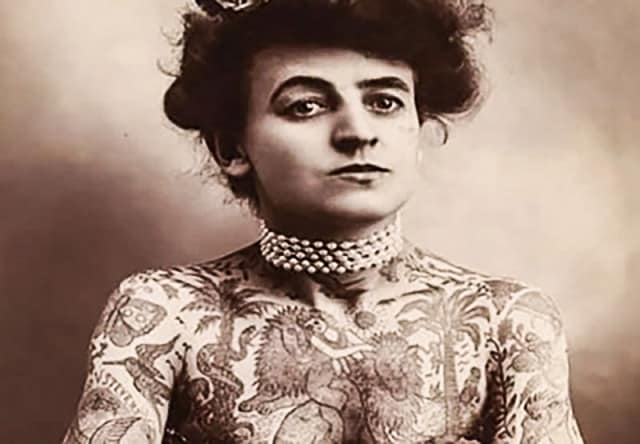
In all, Nora had 370 tattoos covering most of her body. Initially, she lied and said she had been tied to a tree and tattooed by Native Americans, but soon she tired of this backstory and told the truth. Not many people cared, they just wanted to look at her.
The Ubangi “Savages”
As European countries began to colonize large parts of the African continent, people began to become curious how the native populations of these places looked. The reports that the curious crowds were met with were inaccurate, over the top, and hugely racist. Due to this, so called “savages” were being displayed at human curiosity shows.

Burnham displayed women who were from a culture in the Congo where lips were stretched for aesthetic reasons. He branded them a “Tribe of Genuine Ubangi Savages” well into the 1930s.
Jumbo the Elephant
Jumbo was the first ever elephant to be a part of the circus. Jumbo was purchased by Barnum from the London Zoo in the late 1800s. Barnum brought him back to the United States to perform tricks for his operation.

Jumbo frequently was made to perform for crowds in Madison Square Garden. His most notable performance was when he led a string of 21 elephants across the Brooklyn Bridge to test its stability. His name is where the term “jumbo” to describe large things comes from.
Tufts Jumbo is a Mascot for a University
Jumbo became a sensation, sparking what was called “Jumbomania” in the United States. People would buy postcards, hats, and other souvenirs to commemorate the elephant. Jumbo died when he was accidentally struck by a freight train in 1885 and killed during a performance.

Barnum had Jumbo’s hide stuffed and donated to Tufts University, a school where he was a trustee. It eventually burned in a fire in 1975, but remains the school’s mascot.
A Difficult Life for Jumbo
It was PT Barnum who created the myth that elephants were incapable of feeling pain due to their thick skin. This provided a convenient excuse for how he treated the elephants after he imported eight more after Jumbo.
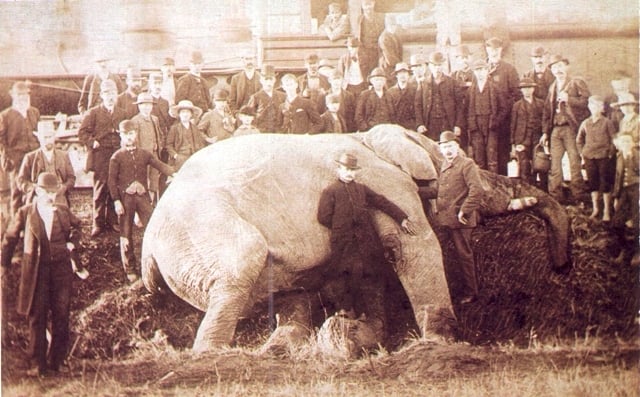
He imported elephants from Sri Lanka where they were cramped in the ship’s hold with no room to move and no fresh air. By the time they arrived, one had died. The ones who did survive endured torture, as Barnum used a “burning method” to train them, by sticking a hot poker up their trunks, along with many more methods. This created a tradition of animal cruelty in the circus that still persists today.
A Tradition of Animal Cruelty
It was not just elephants who suffered under Barnum’s circus. He also trapped nine Beluga whales to display at his American Museum. The first two that he caught were kept in a tank of fresh water from the Hudson River and mixed with salt to mimic their salt water home. They only lasted two days.

A second pair he trapped died nearly as quickly, despite Barnum pumping salt water from the New York Bay.
PT Barnum- The Man Behind it All
Curious about the fascinating man behind it all? Phineas Taylor Barnum was an entrepreneurial type who had many small businesses before his famed circus. He became a small business owner in his early twenties and founded a newspaper. He moved to New York City in 1834.

He also served two terms in the Connecticut legislature in 1865. It was not until he was 60 years old that he embarked on the business of oddities and the circus lifestyle.
Early Life as a Showman
PT Barnum enacted his first move as a showman when he was only 25 with the purchase of a blind and nearly completely paralyzed enslaved woman named Joice Heth. An acquaintance had been parading her around and claiming that she was the former slave of President George Washington and was 161 years old to boot.

Barnum leased the woman for a year for $1,000, and worked the elderly woman for 10 to 12 hours a day. Joice died at age 80. Barnum hosted a live autopsy of her body in New York and charged 50 cents to see her cut up.
“There’s a Sucker Born Every Minute”
PT Barnum is often credited with saying “There is a sucker born every minute,” referring to his customers, but allegedly this is not true, or at least there is no real proof that he did say it. Some say that his competitors said it while looking at the long lines brought on by his displays.

Barnum is supposed to have said that his patrons were willing participants in his pranks and hoaxes and that they “like to be humbugged.”
The Greatest Showman
A movie-musical was created in honor of PT Barnum’s legacy. However, in standard Hollywood fashion, the film oversimplifies and glamorizes a lot of Burnam’s life. It also glosses over some pretty difficult topics for the sake of entertainment.

The movie depicts a man who was orphaned as a child and spent his life pursuing the “American Dream,” ending in him fulfilling his dream of living a wondrous and extraordinary life.
Debate on His Character
Lisa Lange said that it “boggles the mind that Hollywood is glorifying a man who got rich by exploiting people with disabilities and whose….treatment of animals paved the way for over a century of violence and abuse.”

However, according to the director of the film, Michael Gracey, he “started cynically” by pursuing money, however he “later realized that he’d made a family . He took these people who were invisible to society and made them stars.” It is hard to look past a lot of cruel treatment that Barnum contributed to, but we’ll let you be the judge.
Jenny Lind
The film portrays PT Barnum meeting his love interest Jenny Lind in London and was completely swept off his feet by her. From there he built upon a professional relationship with her and toe the line of intimacy.

In reality, Jenny Lind was the so-called “Swedish Nightingale,” essentially the Adele of her age. The film completely misses that she was an established and well regarded professional in her own right! Furthermore, they had no romantic relationship.
He and Jenny Lind Made Opera Popular
Although his business was in showing Americans human “oddities” he also was responsible for exposing them to high culture. This can be found in how he signed a deal to bring Jenny Lind from Europe over to the United States for a multi-city tour.
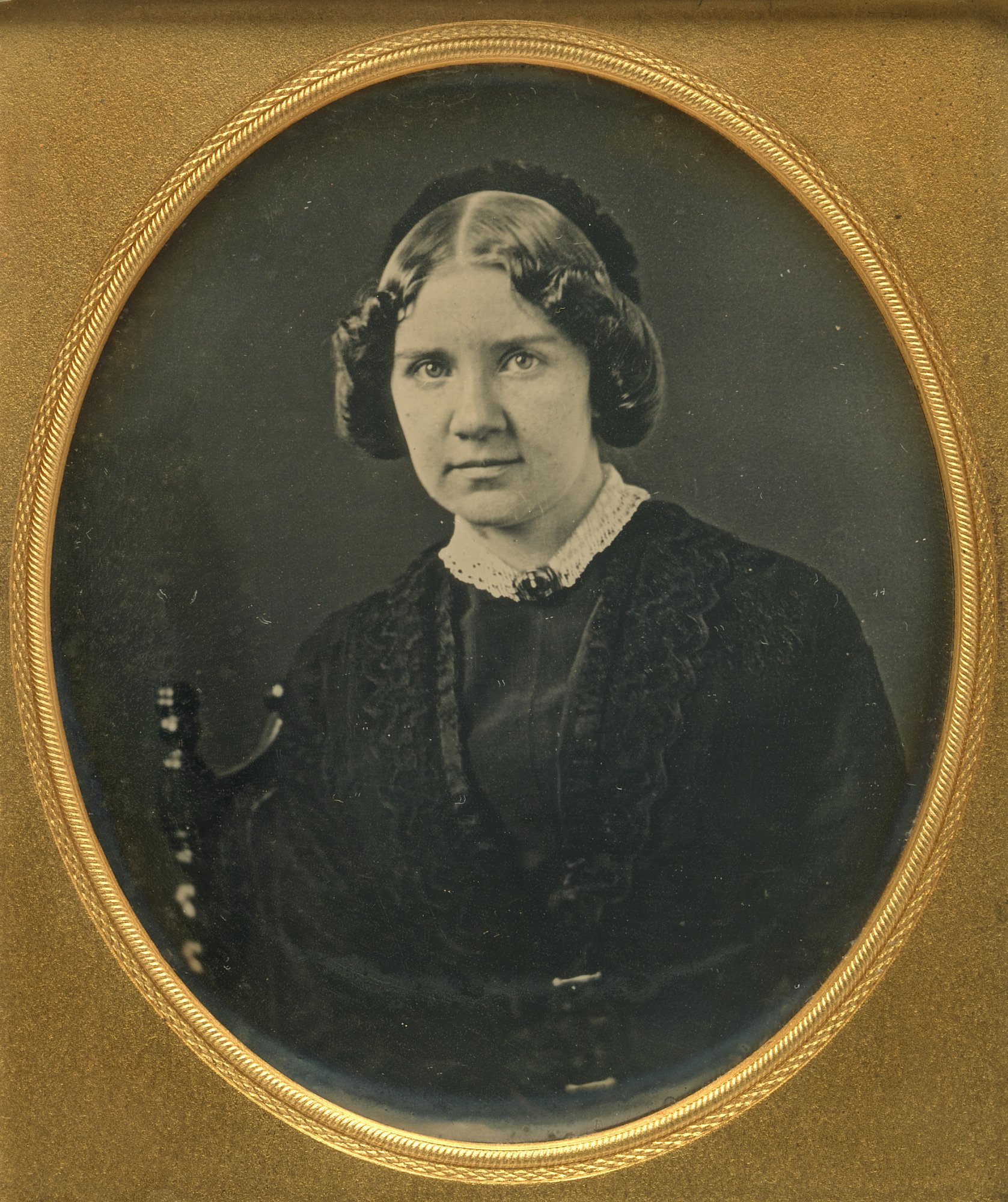
Barnum helped make Jenny a well-known act and due to this she became an overnight sensation. Barnum made an incredibly large amount of profit from this and Lind became a mainstay in American theaters.
A Real Life Heartbreaker
What the film also glosses over is that the real life Jenny Lind was quite the real life heartbreaker. If you’ve seen Disney’s The Little Mermaid you might know that it was based on a story written by Hans Christian Andersen.
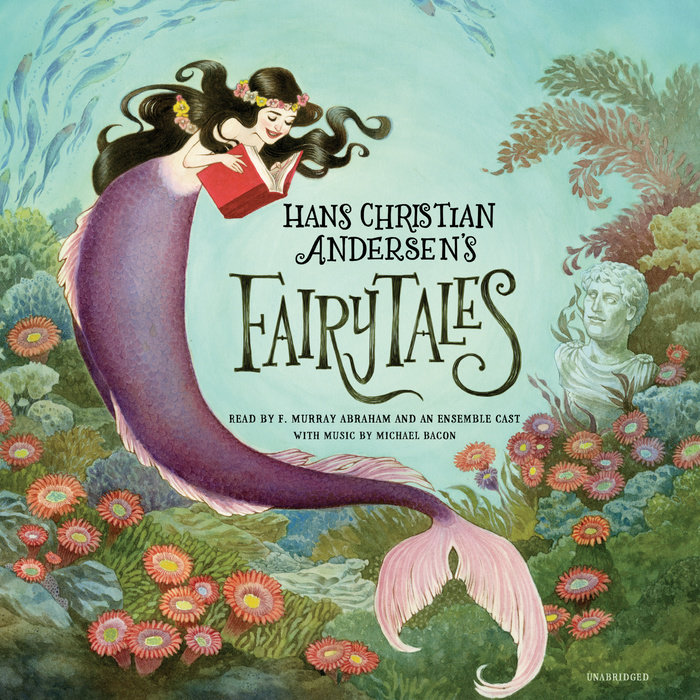
Apparently, Jenny Lind broke not only the famed author’s heart, but also the famous composer Felix Mendelssohn. She was not a huge fan of PT Barnum either.
PT Barnum Gave Up Alcohol
For part of PT Barnum’s adult life he was considered a very heavy drinker. At one point he was consuming an entire bottle of champagne a day and was unable to work past noon. His wife had begun to worry about his attitudes towards drinking.

That all changed when Barnum read a persuasive lecture about “moderate” drinkers. It affected him so much that he went down into his cellar and destroyed 60 to 70 bottles of champagne.
Supporter of the Temperance Movement
After he gave up drinking, Barnum was an avid prohibitionist and regularly gave speeches on the evilness of liquor. Drinking was strictly forbidden in his AMerican Museum and he also had performances put on featuring the “drunkard” which was a cautionary tale about alcoholism.

He was fond of saying he and his circus animals drank “nothing stronger than water,” although part of Jumbo’s show was to down an entire keg at once.
Barnum Was An Abolitionist
While his story does not reflect well on Barnum’s “leasing” a human being and exploiting them until the day that they died as he did with Joice Heth, he did end up, eventually, on the right side of history.

During the Civil War he was on the side of the Union and eventually became very outspoken about it.
He Spent Years Writing His Own Autobiography
Barnum wrote the autobiography The Life of P.T Barnum, Written by Himself. It was first released in 1854 and then was continuously re-edited and re-released over the following years. He even went so far as to instruct his widow to write a new chapter that detailed the vents of his death.

The book sold more than 1 million copies during his lifetime, which is quite a lot for the era that he lived in.
After His Death
PT Barnum died of a stroke following the death of his first wife. He went on to remarry a woman 40 years his junior, and died fairly soon after that.
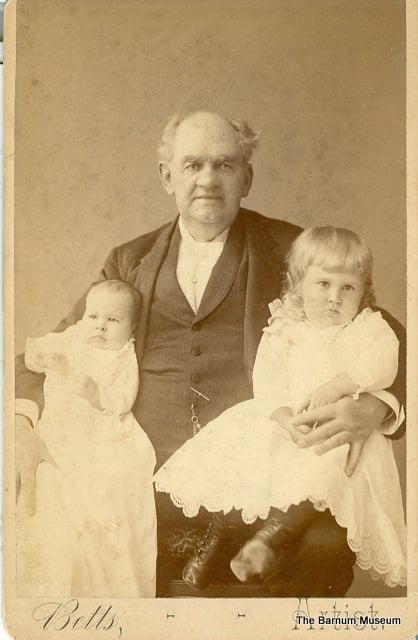
After PT Barnum died in 1891, the Barnum and Bailey show was bought by the rival Ringling brothers in 1907. In May 2017, the circus he founded gave its final performance.
Who Was Bailey of Barnum & Bailey?
While PT Barnum was the face of the circus, James Bailey was the hard worker who liked to stay behind the scenes and away from the spotlight. So while Barnum handled the advertising and savored the limelight, Bailey was the businessman of the two.

He was content to be invisible and was truly only interested in the overall success of the show. It was also he who was instrumental in getting Jumbo the elephant.
Other "Freak Shows"
Aside from P.T. Barnum’s work and the shows of Barnum and Bailey, other sideshow exhibits popped up around the globe at various carnival locations, such as Coney Island.
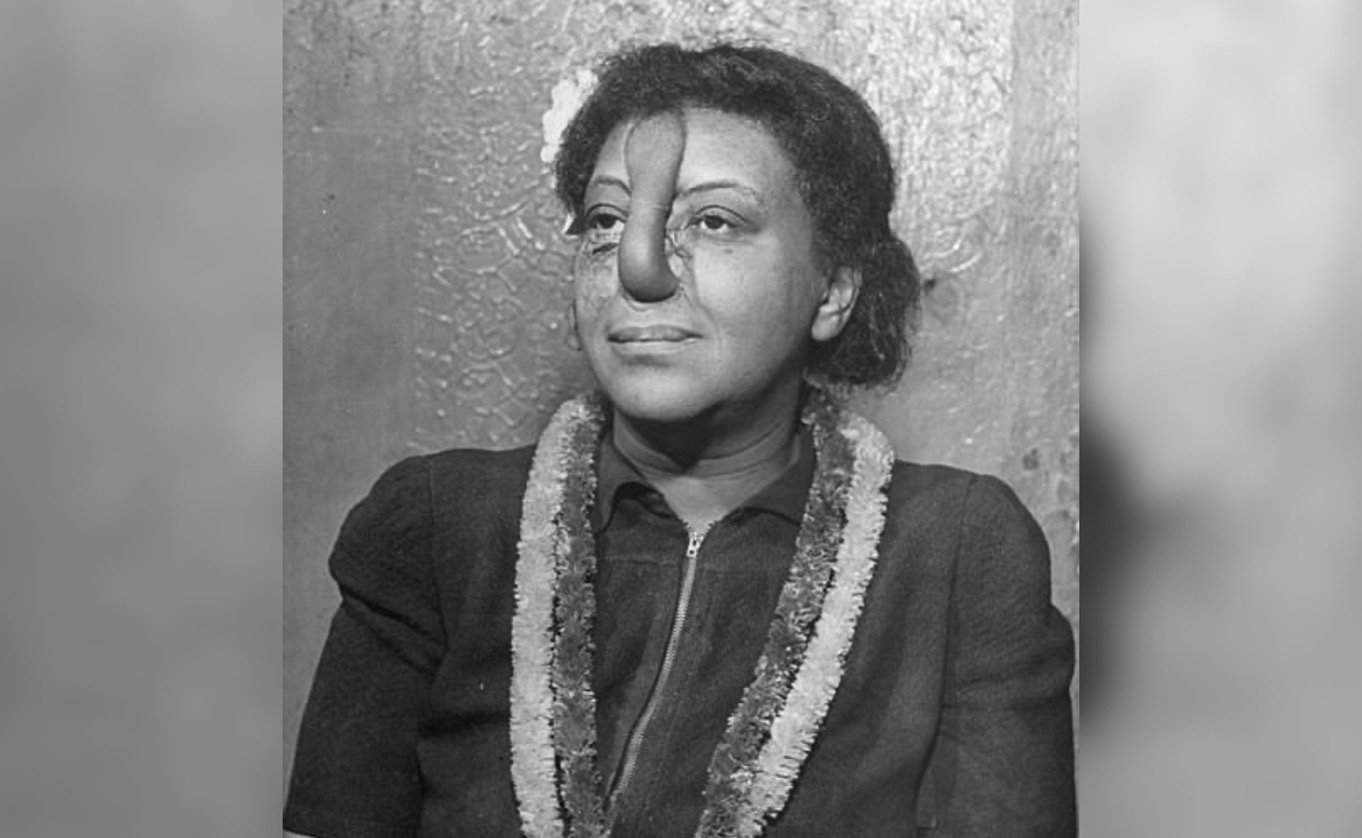
The LIFE Images Collection/ Getty Images
Coney Island’s show featured “Anita the Elephant Face Girl” who is depicted above. Anita was born with a nose deformity that resulted in an elongated appearance that looked similar to an elephant’s trunk, hence her show name.
Ethel Granger
In more modern times, Ethel Granger was a woman from England who was known as having the smallest waist in the 20th century.

Ethel’s measurements came in at 36-13-39. She was well-known for her dramatic body modifications. Her unique appearance came complete with elaborate piercings such as the nose and ear piercings shown here.
Circuses gained popularity in the 19th century because they were a new form of entertainment that amazed people. The performances, animals, and incredulous sideshows made people feel like they couldn’t believe their eyes.

The Barnum and Bailey circus was perhaps the most well-known circus and the performers put on one of the wildest shows that anyone had ever seen. It was an event when the circus came into town and we can still see the lingering effects of these unbelievable performances in some entertainment today.
